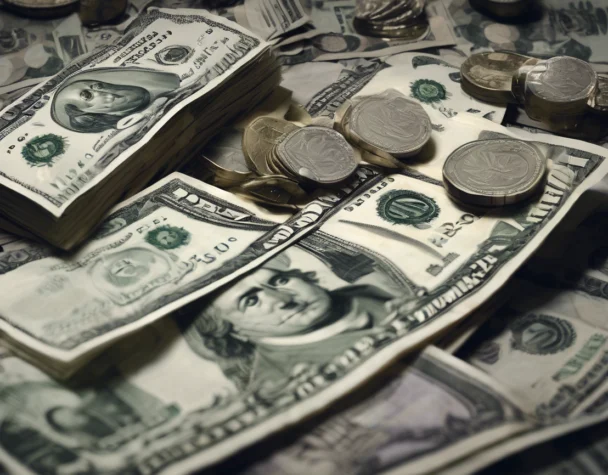
Dollar Weakens Further as Ruble Surges and Argentina Floats Peso
Wed, April 16, 2025U.S. Dollar Faces Sharp Decline Amid Tariff Turmoil
April 2025 has proven turbulent for currency traders, with the U.S. dollar dropping more than 4% this month alone. The Dollar Index (DXY) is now down over 9% year-to-date, as investors grow increasingly uneasy about President Trump’s intensifying tariff measures and their long-term implications on the global economy.
While U.S. Treasury yields have climbed—typically a supportive factor for the greenback—the dollar has remained under intense selling pressure. Analysts suggest the market is reacting to what appears to be a “crisis of confidence” in the dollar’s reserve currency status, driven by geopolitical tensions and growing skepticism around U.S. economic policy direction.
According to Barron’s, the weakness in the dollar is stoking fears of inflation and increasing speculation that central banks around the world may begin to reduce their reliance on the USD in trade and reserves.
Russian Ruble Strengthens to Lead 2025 Currency Charts
While the dollar falters, the Russian ruble has taken the spotlight as the top-performing currency of the year. Up 38% against the U.S. dollar in 2025, the ruble’s strength is largely attributed to soaring interest rates—Russia’s central bank has maintained rates at 21%—which have lured foreign investors seeking higher yields.
This comeback story is especially notable given Russia’s historical vulnerability to sanctions and commodity price swings. As highlighted in Business Insider, strong export performance and tight monetary policy have helped fuel demand for the ruble, reversing years of underperformance.
The ruble’s surge reflects a broader investor shift toward high-yielding emerging markets amid uncertainty in traditional safe-haven currencies. However, economists warn that sustained ruble strength may pressure Russian exporters and trigger central bank intervention.
Argentina Floats Peso as IMF Bailout Reshapes Economic Outlook
In South America, Argentina has made a dramatic policy pivot. President Javier Milei’s administration announced the removal of strict capital and currency controls, allowing the peso to float within a band of 1,000 to 1,400 per U.S. dollar. This move comes as the country secured a new $20 billion IMF bailout intended to stabilize its economy and restore investor confidence.
The floating peso policy marks a significant departure from the interventionist practices of past governments and is expected to bring greater transparency and efficiency to Argentina’s financial system. According to AP News, the central bank will continue to intervene in the foreign exchange market as needed to manage volatility during the transition.
This policy liberalization has sparked optimism among investors, though risks remain as inflation and political resistance could complicate the implementation process.
From weakening dollar dominance to bold emerging market reforms, the foreign currency landscape in April 2025 is rapidly evolving, offering both challenges and opportunities for traders and policymakers worldwide.

